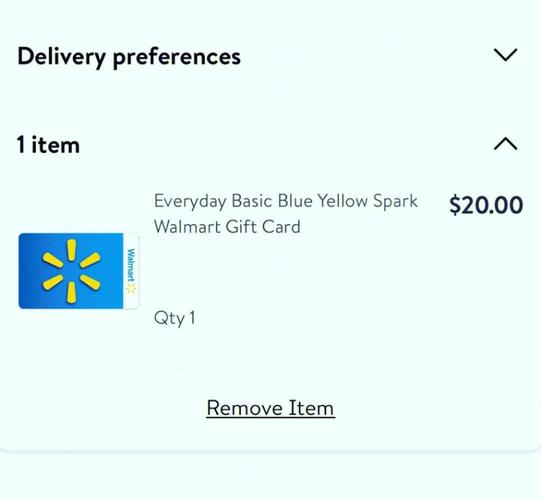Understanding Free Cash Flow
Free cash flow is a critical financial metric that indicates how much cash a company generates after accounting for its operating expenses, capital expenditures, and taxes. It’s a measure of a company’s financial health and its ability to generate cash that can be used for various purposes, such as paying dividends, reducing debt, or reinvesting in the business.
Calculating Free Cash Flow
Calculating free cash flow involves a few steps. Here’s a basic formula:

| Formula | Description |
|---|---|
| Free Cash Flow = Operating Cash Flow – Capital Expenditures | Operating Cash Flow is the cash generated from the company’s core operations. Capital Expenditures are the cash spent on acquiring or improving long-term assets. |
| Free Cash Flow = Net Income + Depreciation – Taxes – Capital Expenditures | This formula adjusts the net income by adding back depreciation and subtracting taxes and capital expenditures. |
Improving Free Cash Flow
Improving free cash flow can be achieved through various strategies:
-
Increasing Sales: By increasing sales, a company can generate more cash from its core operations.
-
Reducing Costs: Cutting costs, whether through better management or negotiating better deals with suppliers, can improve free cash flow.
-
Optimizing Capital Expenditures: Ensuring that capital expenditures are efficient and necessary can help maintain or improve free cash flow.

-
Improving Working Capital Management: Efficiently managing inventory, accounts receivable, and accounts payable can improve cash flow.
Using Free Cash Flow for Investment
Once a company has generated free cash flow, it can be used for various purposes:
-
Dividends: Paying dividends to shareholders can be a way to return some of the company’s profits to its owners.
-
Debt Reduction: Using free cash flow to reduce debt can improve the company’s financial stability and creditworthiness.
-
Reinvestment: Investing in new projects, research and development, or other growth opportunities can help the company expand and increase its future earnings.
Free Cash Flow and Valuation
Free cash flow is also an important factor in valuing a company. Here are a few ways it’s used:
-
Discounted Cash Flow (DCF): DCF is a valuation method that estimates the present value of a company’s future cash flows, including free cash flow.
-
Price-to-Free-Cash-Flow Ratio: This ratio compares a company’s share price to its free cash flow per share, providing a measure of how much investors are willing to pay for each dollar of free cash flow.
-
Free Cash Flow Yield: This is the percentage return on free cash flow, calculated by dividing free cash flow by the company’s market capitalization.
Monitoring Free Cash Flow
Monitoring free cash flow is crucial for understanding a company’s financial health and making informed decisions. Here are a few tips:
-
Regularly Review Financial Statements: Look at the cash flow statement to understand how cash is being generated and used.
-
Compare to Peers: Compare your company’s free cash flow to that of its peers to see how it stacks up.
-
Set Targets: Set specific targets for free cash flow and track progress over time.
Conclusion
Free cash flow is a vital metric for understanding a company’s financial health and its ability to generate cash. By focusing on improving free cash flow and using it wisely, companies can enhance their financial stability and create value for their shareholders.

